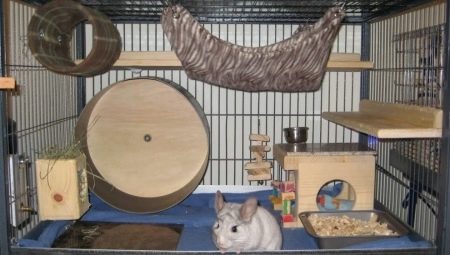Finding a finished cage for a chinchilla is extremely difficult. This acquisition will affect the family budget too much. Therefore, the ideal option is to make the cell with your own hands. And with the help of step-by-step instructions, the necessary product can be made without even having experience in carpentry.
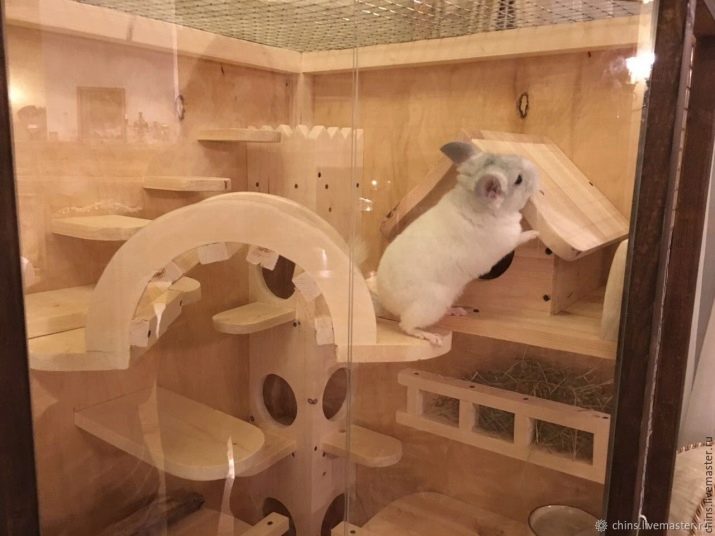
Requirements
It doesn't matter which cell option is selected. In any case, she must satisfy all the requirements:
- to be dry;
- comfortable;
- not too cold;
- with good lighting;
- with ventilation.
You must understand that the chinchilla is an incredibly mobile beast, therefore, it needs as much free space as possible. Therefore, one should start from the minimum cell size per pet:
- length and width not less than 50 cm;
- height - 75 cm.
However, loneliness is not for these rodents. So, if there are more than one, then the house must be large. And you must not forget about the game zone. After all, movement is life for them, and sitting in one place is extremely difficult. Otherwise, animals may become ill.
If chinchillas begin to live in a private house, then you can build a real spacious aviary where they will be happy to climb and climb. In another case, it is worth choosing a vertical structure with several floors in the form of shelves. In addition, it is wonderfully suitable for small areas.
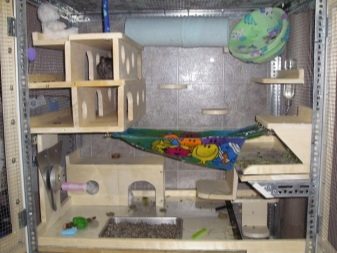
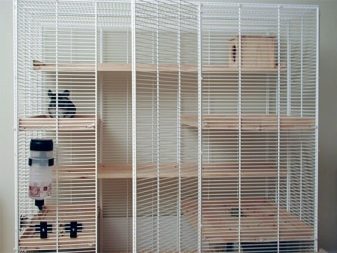
Kinds
There are a large number of different types of products.
Display cell
The tree is taken as a basis, it is considered the cleanest eco-friendly material, attractive in appearance, which is well suited for breeding chinchillas. However, there is one big drawback - rodents can easily bite the cage.Therefore, it must necessarily be sheathed with harder material. And this is an extra waste. And in order to not hear any sounds from the inside, the sides should certainly be closed with glass.
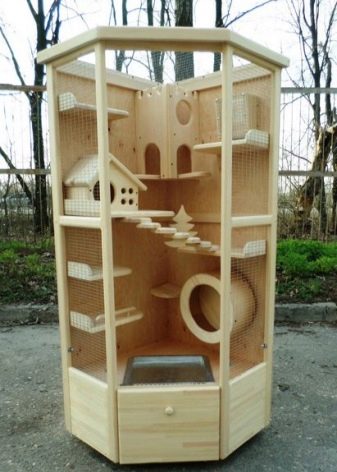
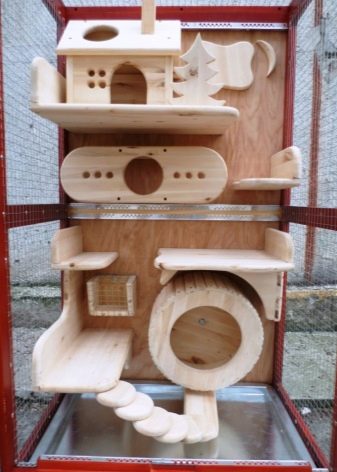
Homemade option
As a rule, this type of cage is in great demand, because you can use a wide variety of materials that are easy to find at home at any time, even not necessarily go shopping. For example, an old, useless wooden bedside table or wardrobe will do. Only the very minimum of additional materials will be required:
- metal mesh or glass to close free space;
- plywood for lining.
One minus is that manufacturing takes time, which is often not enough.
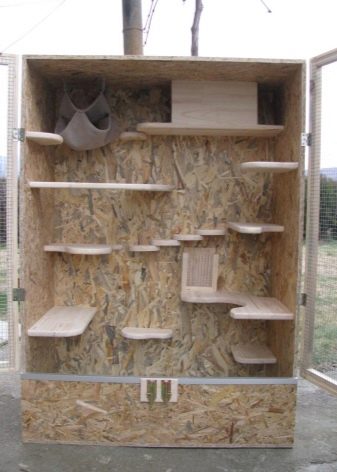
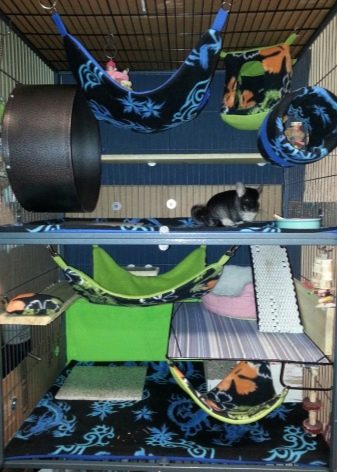
Metal cage
This design, consisting of a ready-made house, is very affordable and convenient during transportation. It is only necessary to disassemble in parts and put in a bag. And the cage can be easily cleaned and disinfected. However, here there are several drawbacks - the sounds and noises coming from the cage, when the animals run intensively and climb the stairs, are not suppressed. Everything else can be easily adjusted.

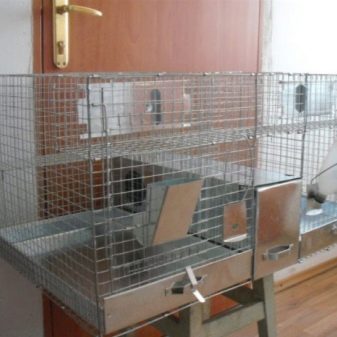
Tools and materials
To build a cage for chinchilla at home, you should purchase the safest materials made only from natural wood: birch or pine. It is they that lend themselves well to processing, and are not too expensive. For a strong frame, edged boards, bars or lining are suitable. For future shelves, ordinary boards may be suitable.
And to tighten all the holes, you will need a mesh of strong metal, but with small cells, not more than 3 cm, which should be placed on one side or on two opposite sides. This is necessary for good ventilation. Moreover, it can be made from ready-made sections, or independently welded from wire, preferably from high-quality material. It is recommended to place the grid above the bottom. This way you can easily reduce the amount of trash that falls on the floor. And do not forget to purchase a special tool that protects against corrosion in order to extend the life of the cell.
But if there is no extra money, then you should pay attention to the old, already useless cabinet, bookcase or bedside table. In this case, just drag all the existing doors with a regular mesh, and cut openings for future ladders in the shelves.
This design is very convenient to use, and you do not need to spend a lot of money. You can do with minimal investment.
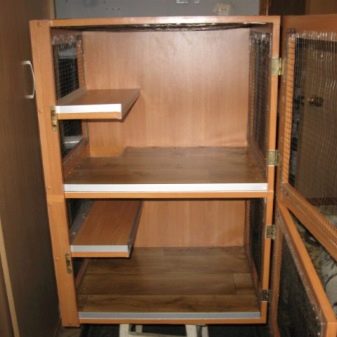
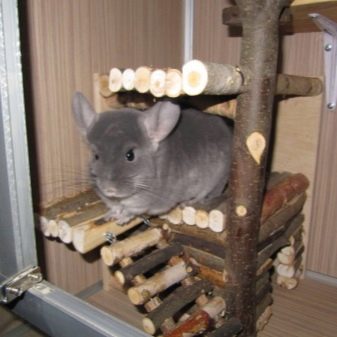
Of the tools you need only:
- hacksaw;
- a hammer;
- scissors for metal;
- electric jigsaw;
- marker;
- drill and drill for wood;
- knife;
- ruler.
Accessories are also needed:
- ready-made locks so that the doors can close well;
- hinges for doors;
- castors for mounting.
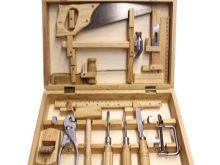
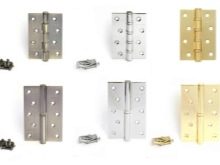
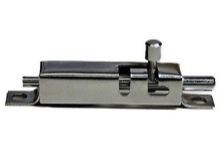
Manufacture
When there is nothing in the house that would be suitable for remodeling under a shop window, the most budgetary option would be to make a shelter from chipboards. The main thing is not to forget to purchase the necessary tools, building materials and accessories.
For work you will need:
- chipboard as the main material;
- galvanized metal mesh having small cells;
- plexiglass for doors;
- wood slabs for shelves;
- adhesive tape for processing the edges of the cell, especially in the areas of cut;
- tie screws and drills;
- nuts, screws, screws;
- accessories for glass doors;
- apparatus for welding;
- Bulgarian;
- self-tapping screws.
Before proceeding with the design, it is imperative to draw up a drawing that you can find already ready or come up with something of your own. Then you should cut out all the necessary details. And this can be done both independently and contact the workshop. And only then start work. Do not forget to allocate free space for this.
During manufacture, you should adhere to a certain scheme.
- According to previously taken measurements, prepare a drawing. It is advisable to carefully double-check everything several times before starting to cut out any important detail.
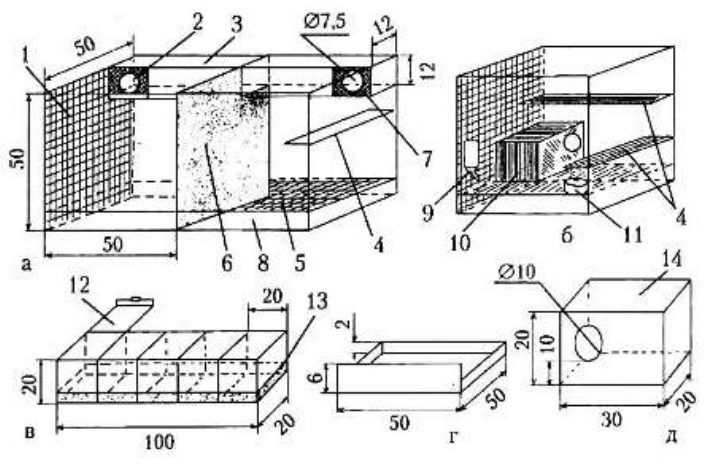
- From the bars, relying on the measurements indicated in the drawing, make a rectangular base, and then sheathe a sheet of strong plywood in one layer.
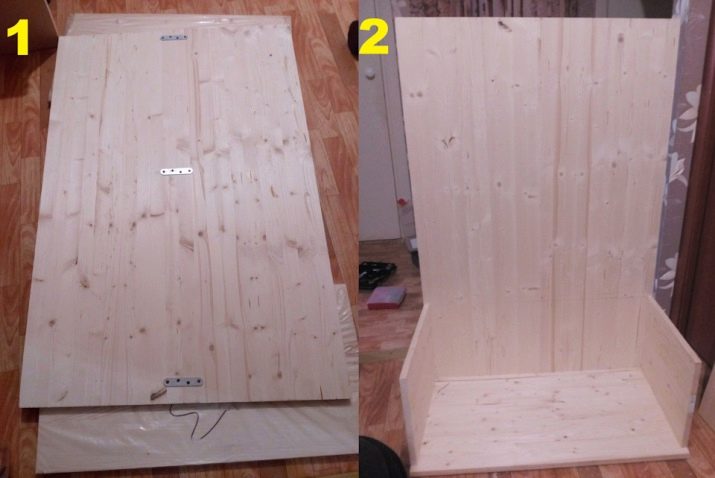
- If the removable pallet will not be installed, then the base must be carefully treated with silicone sealant, which will help save the tree from the appearance of various odors, as well as absorbing liquid.
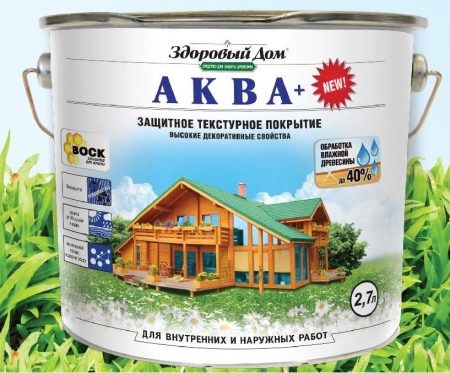
- Then you need to build up a frame of vertical bars, which should be fixed in the corners of the base using long nails or screws.
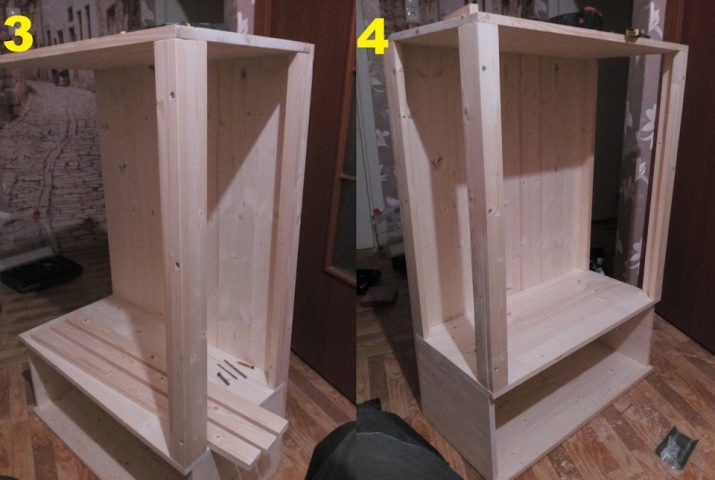
- For greater stability, it is worth making a couple of crossbars along the height of the walls. On them in the future it will be possible to fix the necessary shelves.
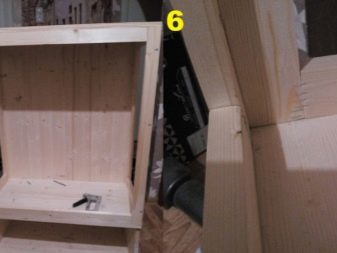

- The roof and walls should be tightened with a strong mesh using self-tapping screws with huge caps. And so that the animal could not get hurt by biting sharp edges, install metal profiles.
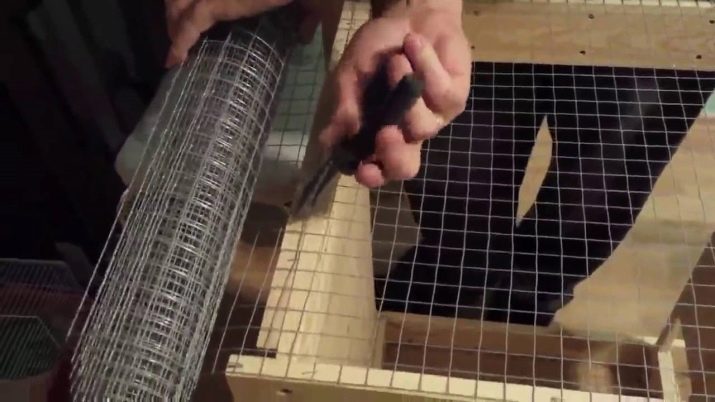
- In order to further clean the cage could be easy and simple, it is desirable to make a pair of doors from different sides, as well as a removable cover. Frames are made of lining, and door fasteners are put on metal hinges.
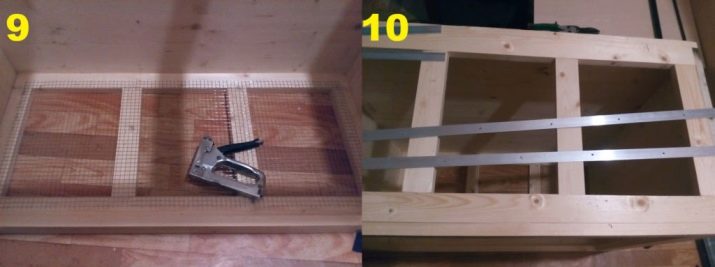
- For future shelves, it is better to choose solid boards on which small holes must be made so that you can move freely on them, getting to any floor.
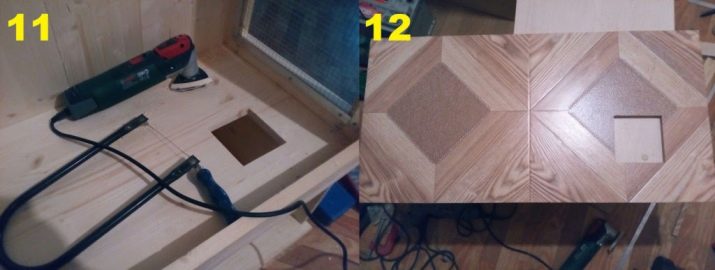
- It is desirable to close the back wall, as well as one side of the cage, with one large sheet of plywood to protect against drafts.
At the same time, the entire structure should be raised slightly from the floor to protect heat-loving pets from frost. Strong legs or a special stand in the form of a curbstone will help here. Moreover, the resulting free space at the bottom of the cage can then be used: food, sawdust and other accessories can be stored there.

Lastly, the entire cell is recommended to be treated with special impregnation. Paint the outside with varnish and treat the inside of the wall with a moisture-proof, odorless, antibacterial solution, safe for animals, which are sold in any hardware store.

Tips
It is not difficult to make a cage if you use the step-by-step instruction, which is very easy to use. You just need to consider some of the nuances in the work.
- The cell frame must be placed only in an upright position. The beast is too active and therefore a wide and low house is not suitable, it will be inconvenient to live in it.
- The materials needed to make the cage must be safe. It is best to take wooden shelves. However, over time, they must be replaced, as the rodent likes to sharpen its teeth.
- To ventilate the cell, a galvanized mesh with small cells is required, which is located on one or both sides.
- Glass used in arranging doors or walls will help maintain order. At the same time, it is imperative to take only high-quality fittings in order to avoid the loss of any elements that can easily injure the animal.
- It is advisable to install locks on the doors - magnetic or with a key. Chinchilla is very curious and loves to crawl into the gap. And if during a jump accidentally hits the door, he can easily open it and quickly escape.
- Be sure to buy a special hanging hammock or sew it yourself. It is intended not only for entertainment, but also for relaxation. You can swing on it with pleasure.
- The main thing is for animals to live comfortably in the cage, and it is convenient for the owners to clean up.
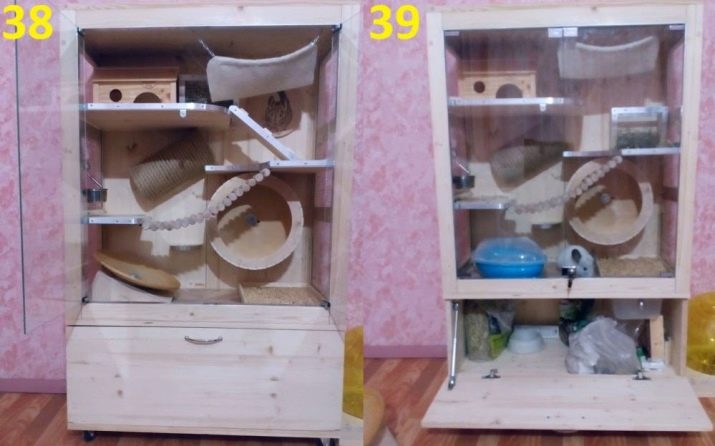
Chinchillas bring incredible joy to all family members. In addition, they live a very long time, of course, if you eat right and spend a lot of time in motion. And for this you need a lot of space. Consequently, the finished cells purchased at the store are small and uncomfortable in this case. As a result, self-made display cases are preferred.
See how to make a cage for a chinchilla with your own hands in the next video.
